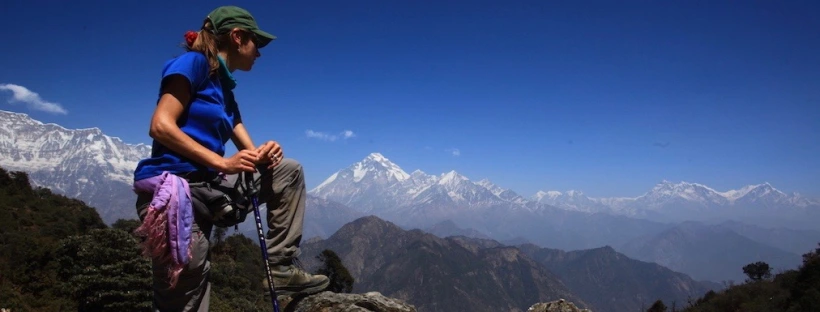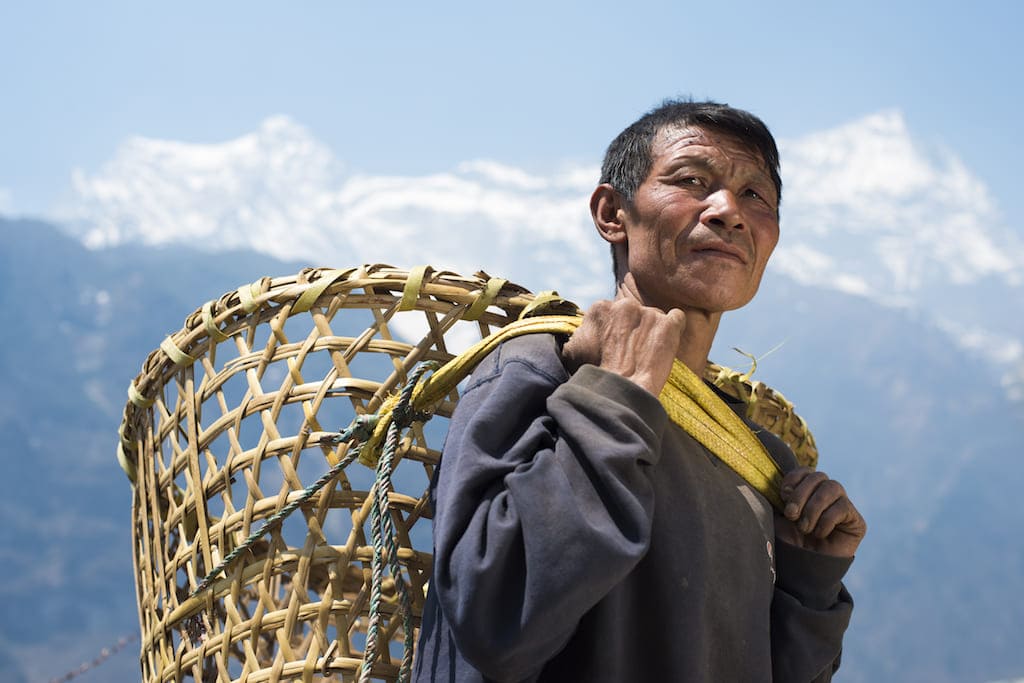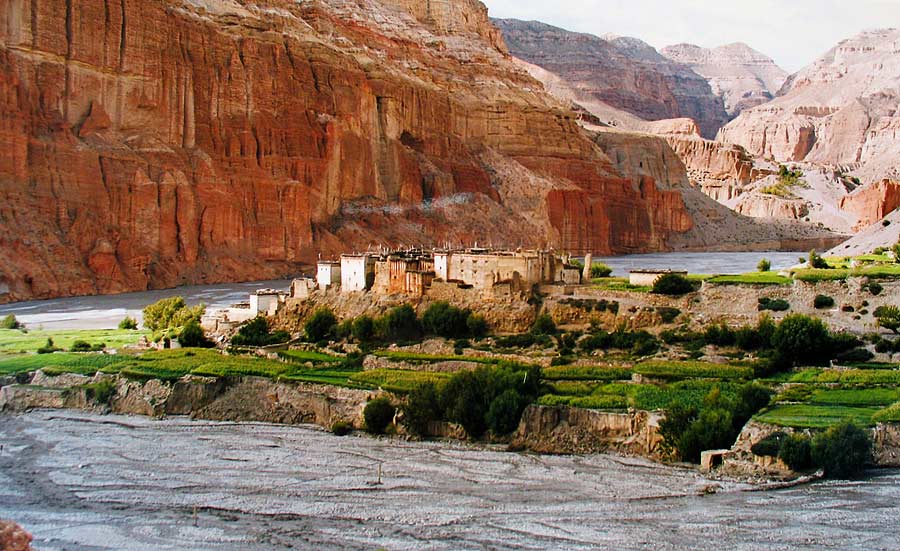You can contact us by e-mail or phone
from uk
01405 862917
outside uk
+44 1405 862917
01405 862917
+44 1405 862917
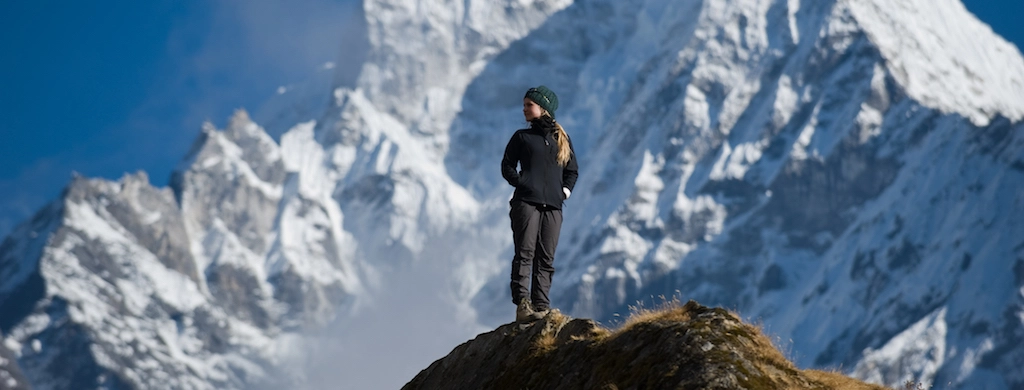
Preparing for a Nepal Trek-Part One-Getting Fit
Snowcat
So, you want to go trekking in the Nepal Himalayas?
Great!
Trekking is a physical activity, so it’s paramount that your fitness levels are up to the trek.
Here’s how you can prepare yourself for a trek in Nepal…
There’s only one way to get around most of the Nepal Himalayas and that’s on foot. The locals are naturally very fit, strong people. The speed that porters can go makes you wonder at times if their seemingly heavy loads are nothing but fresh air! You too are relying on your level of fitness and good overall health to enjoy trekking in the mountains. There’s no two ways about it, if your fitness levels aren’t up to the trekking then it’s not going to be pleasant holiday.

Many people who book a trek to Nepal do so well in advance and view it as a further incentive to work on their current fitness levels. Preparation and planning is fundamental.
But remember, a trek is not a race and it’s not a sprint either. Stamina is key. The ability to maintain a steady pace for several hours at a time, each and every day.
Increase your fitness and stamina levels slowly. Don’t try and overdo it at first. Plan ahead and aim to reach your best fitness levels to coincide with when you are about to start your holiday.
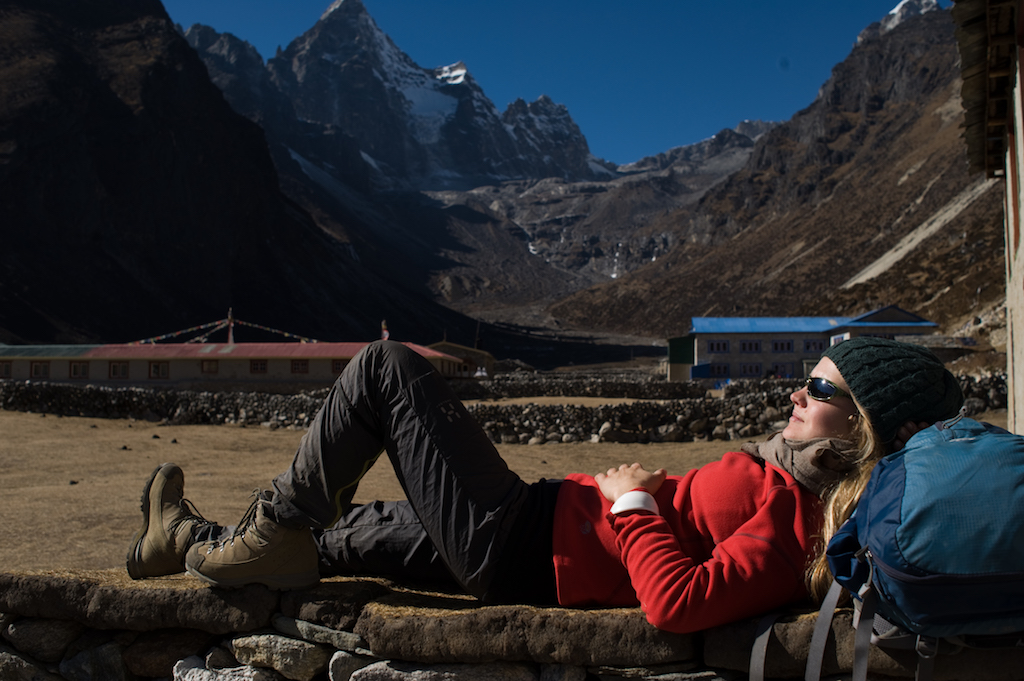
By far the best way of achieving this is by simulating what you’ll be undertaking on trek. In other words go out walking in the hills and the mountains. It’s an outdoors holiday, so you need to be equally comfortable being outdoors too. Make your Nepal trek a good excuse to take weekend walking breaks.
OK, so where you live you don’t have mountains the size of the Himalayas. No problem. But many places do have hills and mountains that are high enough to be the equivalent of a typical day on trek. You can’t climb the Himalayas in a day.
But, again, don’t overcook it. Don’t set out to climb the Matterhorn on your first outing. Start with something more manageable at first, then increase your walking efforts steadily. An average day on a trek (although it varies) involves around 5-7 hours walking and around 700m-900m ascent. Sure, there’ll be some descent too, but on a trek in the Himalayas you’re usually heading up and further up each day until it’s time to turn around and descend.
So, aim to reach a point where you’re comfortable with walking to that level in mountainous terrain.
Most important is that you can then do precisely the same the next day too. Then aim to increase that to a few days of continuous walks. If you can manage that, then you’re about ready. If you can’t, well, you know you’ve got to keep working on it.
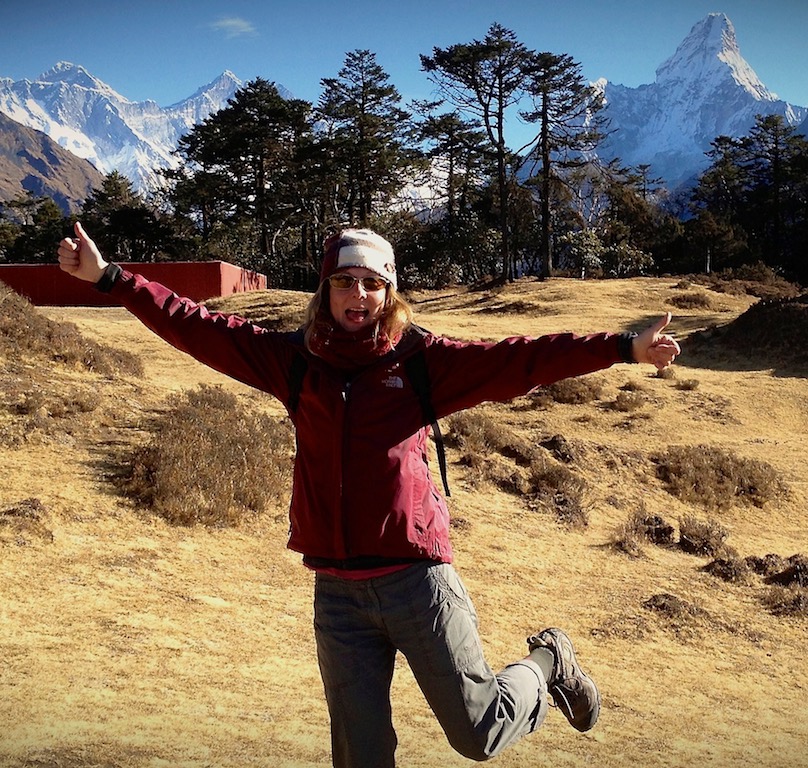
As well as being physically prepared, being mentally prepared is almost as important. We often under estimate our own abilities and it may amaze you what you can do walking wise when you have no alternative and as we said at the beginning, there’s often no alternative in the Himalayas.
Looking forward psychologically to a good, long, challenging walk is entirely different to dreading it.
If you’re not actually enjoying it, then why do it? Doing anything that you’re not actually enjoying makes it seem ten times harder.
Of course not everyone has easy access to mountains and hills on a daily basis and although we cannot emphasise just how important it is to ‘get out there’ and enjoy this mountain walking activity as much as you can, there are other ways to improve your fitness levels that will also pay dividends when you do venture into the hills.
If you’ve got a local fitness gym, join it. Tell the instructor about your Nepal trek and they should be able to advise you on a personal fitness programme. It’s important that both you and the instructor understand that you’re not going to be walking on flat, level ground. The muscles you’ll be using for those all important ascents (and descents) need to be worked on too.
If you’ve got a bicycle…..use it…more. Cycling is a great (and fun) way of building up the muscle groups and improving aerobic stamina too.
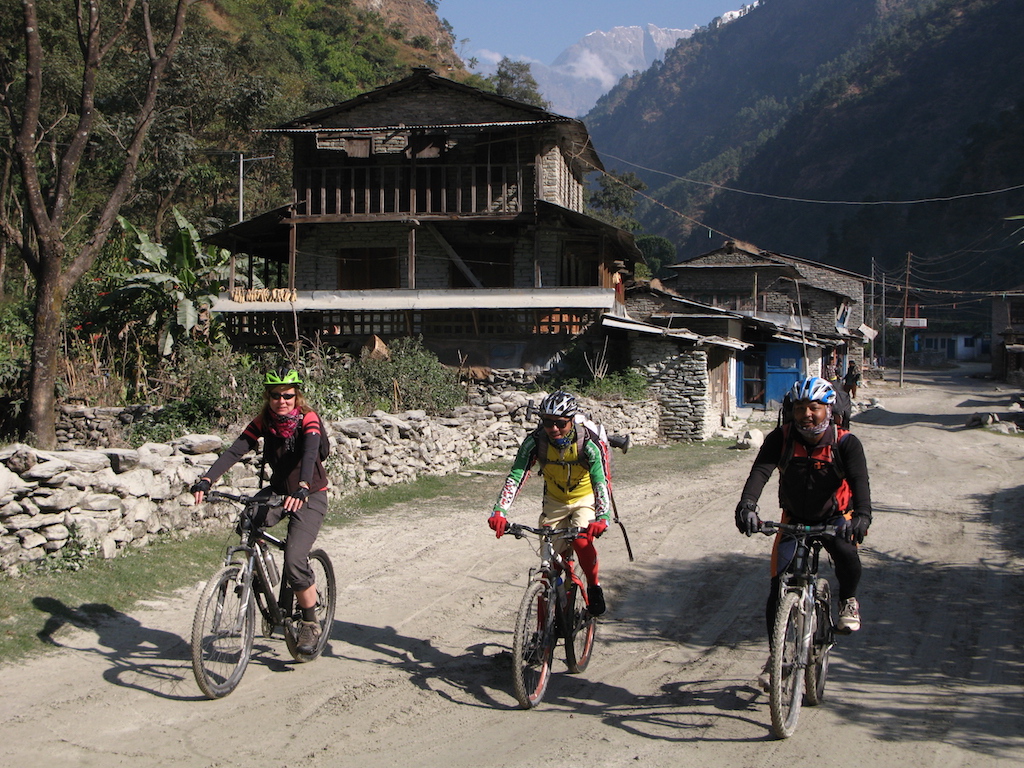
Go jogging. It really works. If you can plan your jogs to involve some uphill and downhill, then all the better.
As well as being a fun sport to play, Squash is very good at improving fitness levels and stamina.
Add more exercise into your usual daily routine. If you can then cycle/walk to work. Take a walk during your lunch break (and not to the Pub!) Go for walks in the evening when back at home. Fresh air is good for you anyway and you can always record your favourite TV programmes and watch them later. If you’ve got a dog, your dog will love you even more with all the extra walks you can enjoy together!
Think like a metronome. In other words imagine a steady beat in your mind, not too fast though, and use that as your optimum walking pace to maintain.
Focus on your breathing too. Breathing is something we just seem to take for granted, but short, shallow breaths just don’t get that all important energy giving oxygen into our muscles. In fact it often ends up leaving you feeling breathless. So, when exercising deep, steady breathing is a good idea. You can actually train your body to do this without even thinking about it. Just breathe in and out deeply in pace with your walking. Do it often enough and your body will take over.
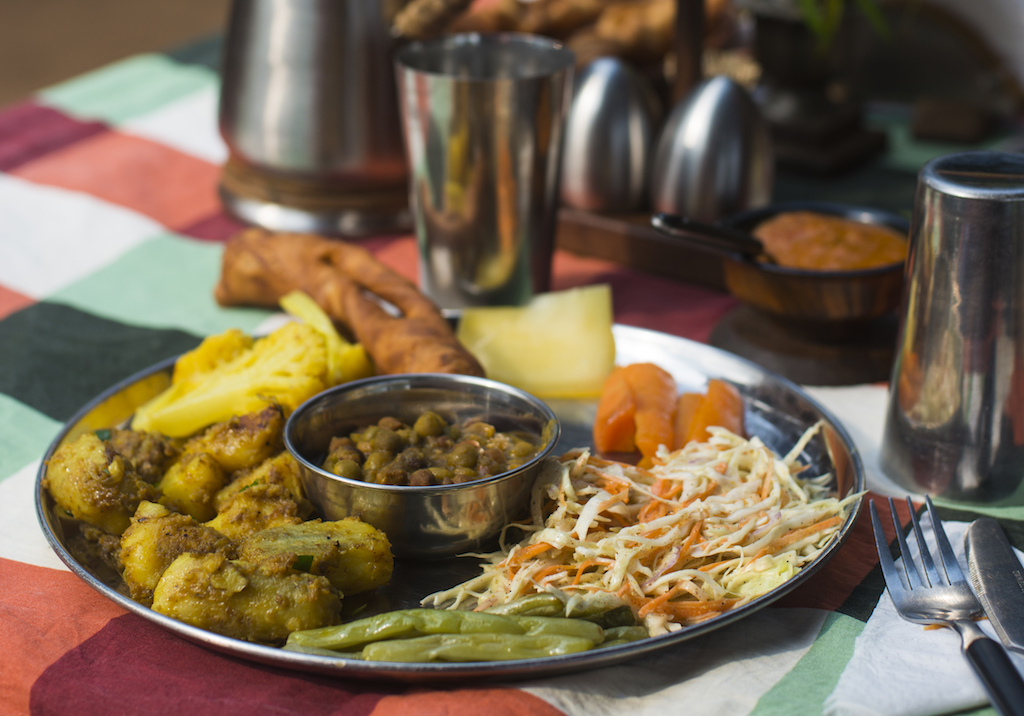
Last, but by no means least, consider your diet. Your local GP surgery can probably give you some really good advice as to what to eat and what to avoid. Use your diet in conjunction with whatever exercise programme you’ve decided to adopt and stick with it, because Nepal is waiting for you.
And finally, after you’ve returned from your well prepared for trek you should hopefully find yourself fitter and healthier than ever. Don’t stop. Keep it up.
In our next blog about preparing for a Nepal trek we’ll look at how to love your feet and the importance of choosing a good pair of hiking boots.


All rights reserved. Snow Cat Travel is a Registered Trade Mark UK 00003289264

